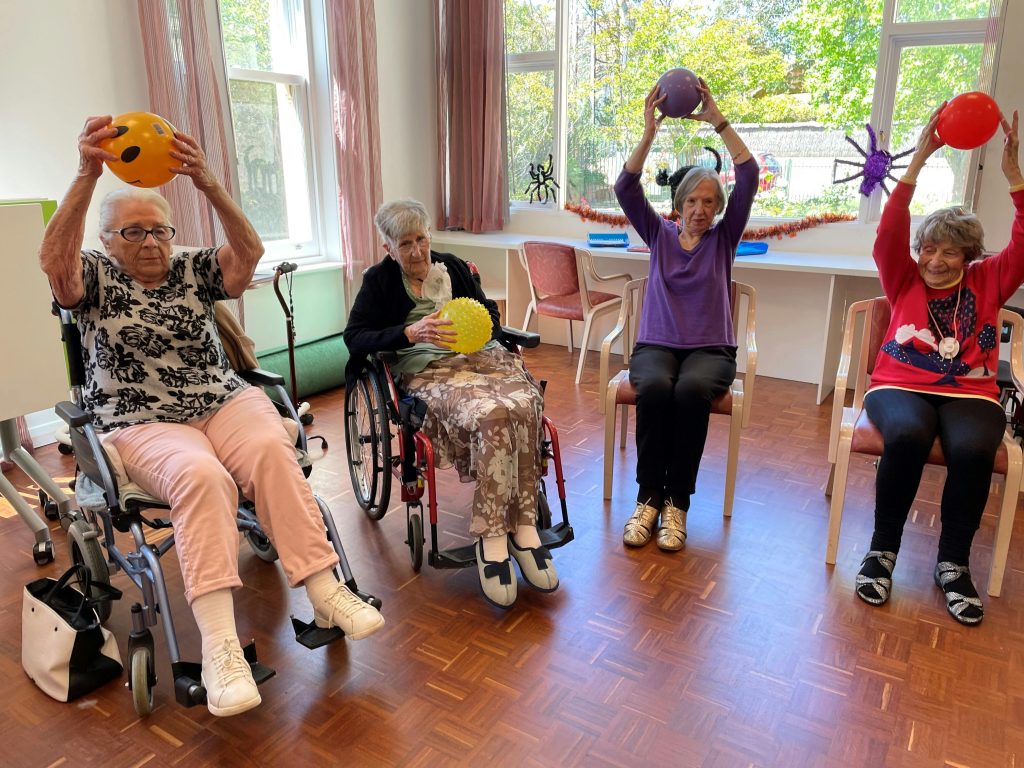Creating a vibrant and engaging environment within assisted living communities is crucial for the well-being and happiness of residents. One key to achieving this is offering a diverse range of activities and programs that cater to their various interests.
I. Understanding Resident Interests
A. Conducting Surveys and Interviews
To offer activities that truly resonate with residents, it’s essential to understand their preferences and interests. Begin by conducting surveys or casual interviews:
- Surveys: Distribute questionnaires that ask about hobbies, past professions, and interests.
- Interviews: Engage in one-on-one conversations to gather deeper insights.
Sample Survey Questions
| Question | Purpose |
|---|---|
| What are your favorite hobbies? | Identify personal interests. |
| What types of physical activities do you enjoy? | Understand fitness preferences. |
| Are there any skills or topics you’d like to learn about? | Discover educational interests. |
B. Analyzing Data and Creating Personas
Analyze the collected data to identify common themes and create resident personas. These personas help in designing targeted activities that cater to various groups within the community.
Example Resident Personas
| Persona | Characteristics |
|---|---|
| Active Anne | Enjoys physical activities like yoga and walking. |
| Creative Carol | Loves arts, crafts, and painting. |
| Tech-Savvy Tom | Interested in technology and online workshops. |
II. Designing a Variety of Activities
A. Physical Activities
Engaging residents in physical activities is vital for their overall health and well-being. Offer a range of activities that cater to different fitness levels and interests.
Examples of Physical Activities
- Yoga Classes: Gentle yoga sessions to enhance flexibility and relaxation.
- Tai Chi: Morning sessions for balance and stress reduction.
- Gardening Clubs: Encourage physical activity and connection with nature.
B. Mental and Educational Programs
Stimulating the mind is just as important as physical activity. Offer educational and mentally stimulating programs to keep residents engaged and learning.
Examples of Mental and Educational Programs
- Book Clubs: Regular meetings to discuss selected books.
- Tech Workshops: Classes on using smartphones, social media, and other technologies.
- Lecture Series: Invite speakers to discuss various topics of interest.
C. Social Activities
Social interaction is crucial for the emotional well-being of residents. Plan diverse social activities to foster community and friendship.
Examples of Social Activities
- Movie Nights: Regular screenings of popular films or classics.
- Craft Workshops: Group sessions for making crafts and decorations.
- Music Events: Live music performances or sing-along sessions.
III. Collaborating with Local Talent
A. Engaging the Community
Collaborating with local artists, musicians, and speakers can enhance the diversity of your programs and connect residents with the broader community.
Steps to Engage Local Talent
- Reach Out: Contact local art schools, music academies, and community centers.
- Invite Participation: Invite local talent to host workshops, performances, or lectures.
- Promote Events: Advertise these events within the community and on social media.
B. Benefits of Collaboration
- Diverse Programming: Offering a wider range of activities.
- Community Connection: Strengthening ties between residents and the local community.
- Enhanced Engagement: Increasing resident participation and interest.
IV. Scheduling and Flexibility
A. Offering Flexible Schedules
To accommodate different schedules and energy levels, offer activities at various times throughout the day.
Examples of Flexible Scheduling
- Morning Tai Chi: For early risers who enjoy starting the day with movement.
- Afternoon Painting: Creative activities for midday engagement.
- Evening Movies: Relaxing entertainment for night owls.
B. Rotating Activities
Rotate activities regularly to keep the schedule fresh and exciting. This ensures that residents have a variety of options to choose from and can try new things.
V. Empowering Residents to Lead
A. Resident-Led Activities
Empowering residents to lead their own activities fosters a sense of ownership and pride in their community. It also encourages social interaction and peer learning.
Steps to Implement Resident-Led Activities
- Identify Leaders: Find residents who are interested in leading or have specific skills to share.
- Provide Support: Offer resources and support to help them organize and run their activities.
- Promote Inclusivity: Ensure that all residents have the opportunity to lead if they wish.
B. Benefits of Resident-Led Programs
- Increased Engagement: Residents are more likely to participate in activities they help organize.
- Enhanced Community Spirit: Fosters a sense of belonging and contribution.
- Diverse Offerings: Expands the variety of activities available.
VI. Conclusion
Offering a diverse range of activities and programs is essential for creating a thriving and vibrant assisted living community. By understanding resident interests, designing varied activities, collaborating with local talent, providing flexible scheduling, and empowering residents to lead, you can ensure that every resident finds something that resonates with them. This approach not only enhances their quality of life but also fosters a strong sense of community and belonging.



